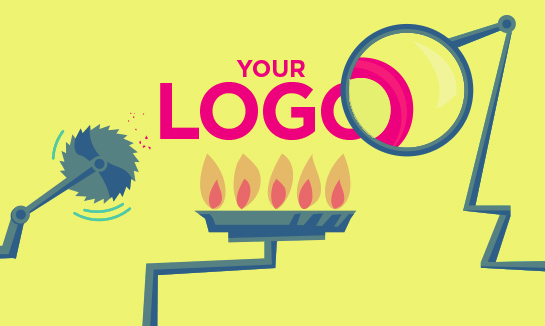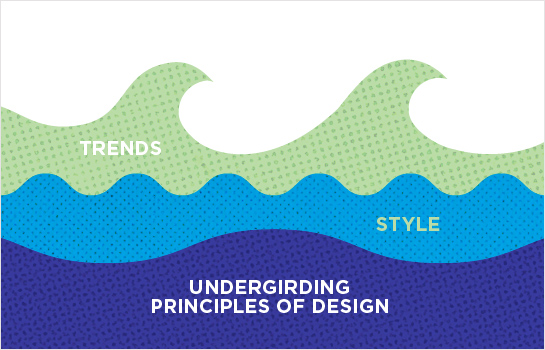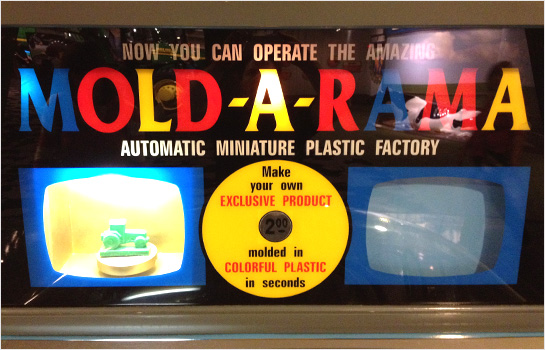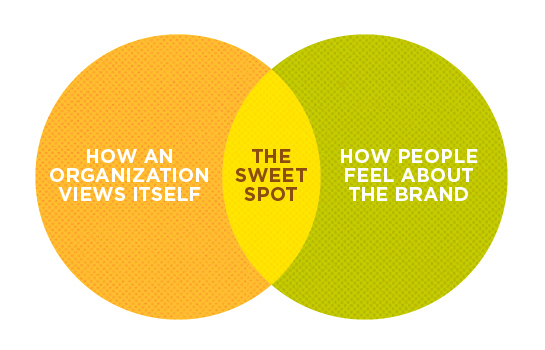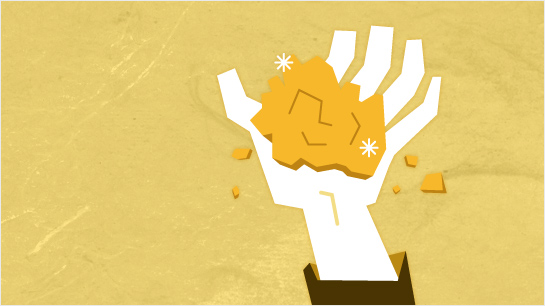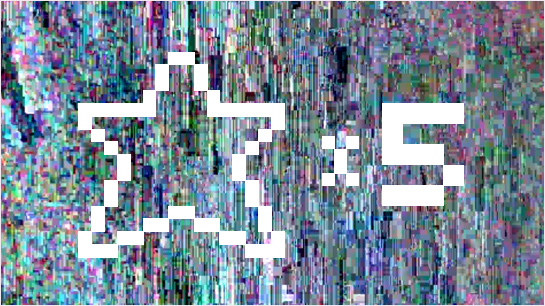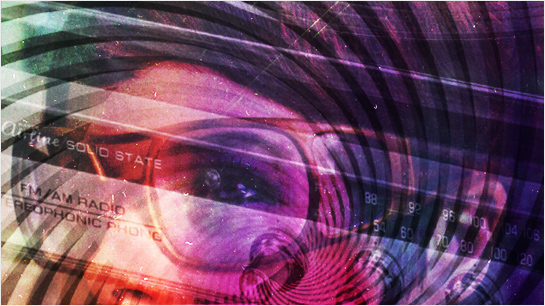Our short musings on design, branding, business and the human condition.
I haven’t been in a comic book store in at least seven months. I get pubs electronically on my iPad now. I just happened by a comic book store last week, in Chicago’s Loop, and was drawn in. It’s a different experience.
Electronic everything is turning whole industries and business models on their heads. It happened to music. Publishing is the latest. But just because songs, stories and images can be served up on a screen and delivered much like their printed or published counterparts doesn’t mean that the entire experience is duplicated.
Browsing is different than searching. Searching is “need it today,” task oriented, goal-focused — all on the act of getting or acquiring, comparing or contrasting.
Browsing is different. It’s the longer, meandering road to the same destination. But along the way it introduces nuance, context, and the serendipity of discovery. Things look different when categorized in ways the don’t bend to the whim of user-generated search results or keyword association.
Magazine racks have context. Book stores have ambiance. Clothing displays create connection in ways that disassociated products do not. A thin layer of rich, nuanced, personal experience can often get stripped away if a brand isn’t careful. It takes smart people to understand the value of that experience and know when it can’t be replicated.
